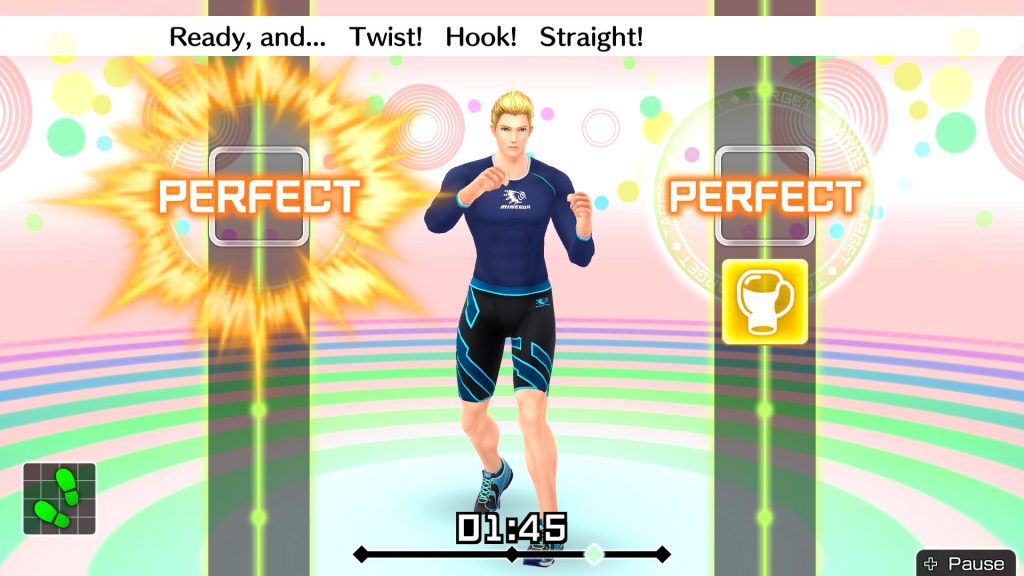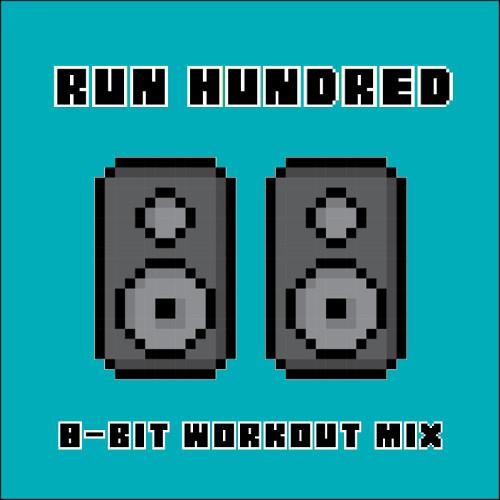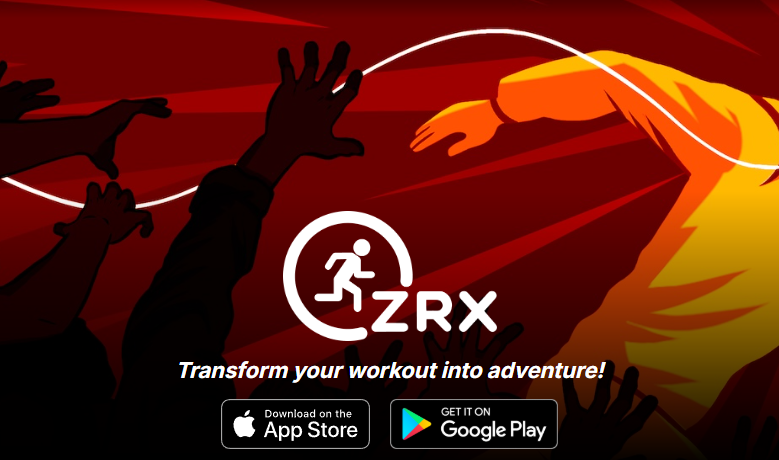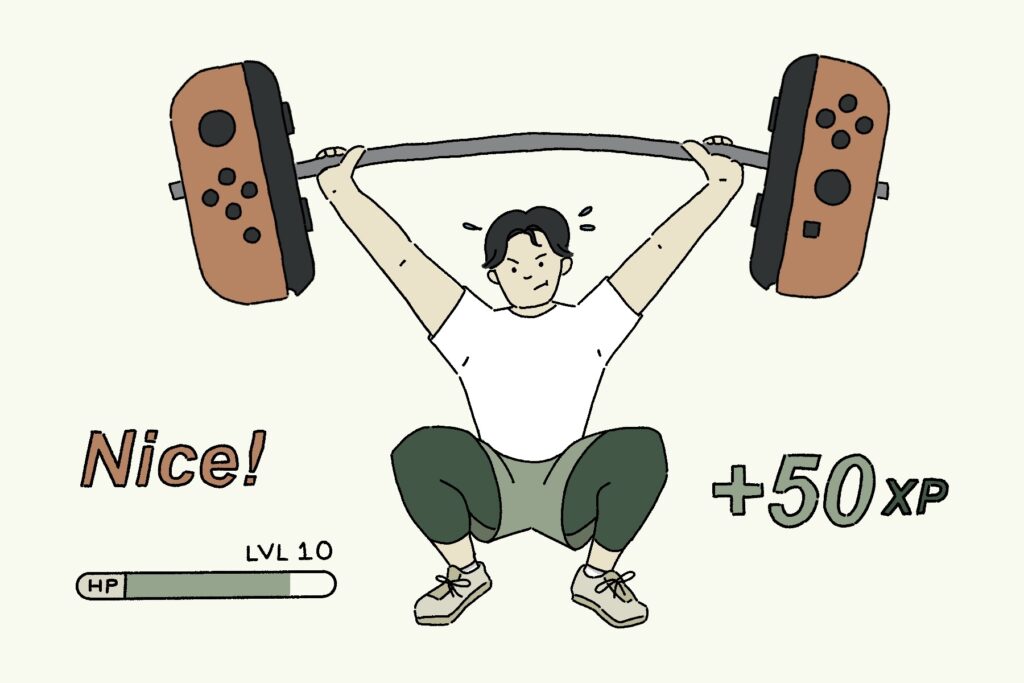Exercise is essential for physical and mental well-being, yet many individuals struggle to maintain consistent workout routines. The monotony of traditional fitness regimens often leads to boredom and a lack of motivation. Enter gamification. A transformative approach that turns workouts into engaging, game-like experiences.
By incorporating elements such as challenges, rewards, storytelling, and social interaction, gamification can revolutionise how we perceive fitness. This article delves deep into the concept of gamifying workouts, its psychological underpinnings, benefits, practical applications, and tips for integrating it into your daily routine.
Understanding gamification in fitness
Gamification involves applying game design principles to non-game contexts to enhance engagement and motivation. In fitness, this means introducing elements like points, levels, challenges, and rewards into workout routines. The goal is to make exercise enjoyable and rewarding while fostering long-term adherence to physical activity.
Core elements of gamification in fitness
- Challenges: Structured tasks that encourage participants to push their limits.
- Rewards: Incentives like badges or tangible prizes for achieving milestones.
- Progress Tracking: Visual representation of achievements through graphs or dashboards.
- Social Interaction: Collaborative or competitive activities with peers.
- Storytelling: Immersive narratives that transform workouts into adventures.

Why gamification works: The psychological basis
Gamifying leverages several psychological principles that influence human behaviour:
Intrinsic motivation
Intrinsic motivation refers to doing something because it is inherently enjoyable or fulfilling. Gamified workouts tap into this by making exercise fun and engaging.
Extrinsic motivation
External rewards like badges or recognition provide additional incentives to stay active.
Dopamine release
Achieving goals triggers the release of dopamine, a neurotransmitter associated with pleasure and reward, reinforcing the desire to continue.
Social influence
Humans are social beings who thrive on interaction and validation. Features like leaderboards and group challenges create a sense of community and accountability.
Habit formation
Gamification encourages consistency through positive reinforcement, helping users build sustainable habits over time.

Benefits of gamifying your workouts
Gamifying your workouts offers numerous advantages that go beyond physical fitness:
Enhanced motivation
Turning exercise into a game reduces the mental resistance often associated with working out. Challenges and rewards provide a sense of purpose and excitement.
Increased engagement
Interactive elements like progress tracking and storytelling keep users engaged, reducing dropout rates.
Improved consistency
Gamified features encourage regular participation by making workouts feel less like a chore and more like a rewarding activity.
Social connectivity
Collaborative challenges and friendly competitions foster camaraderie, making fitness a shared experience.
Personal growth
By setting and achieving incremental goals, users experience a sense of accomplishment that boosts self-esteem.
Mental health benefits
The fun and immersive nature of gamified workouts can alleviate stress, anxiety, and depression.

How to gamify your workouts
Transforming your fitness routine into a game doesn’t require expensive tools or apps. Here are practical steps to gamify your workouts:
Set clear goals
Define specific objectives such as running a certain distance or mastering a new yoga pose. Break these goals into smaller milestones for easier tracking.
Create challenges
Introduce variety by setting weekly or monthly challenges (e.g., “Complete 100 push-ups in a week”). Gradually increase difficulty to keep things interesting.
Reward yourself
Celebrate achievements with rewards like new workout gear or a relaxing spa day. These incentives reinforce positive behaviour.
Track your progress
Use simple tools like journals or spreadsheets to monitor your performance visually. Seeing progress can be incredibly motivating.
Incorporate storytelling
Add an imaginative twist to your workouts by creating narratives (e.g., “Run through the forest to escape imaginary predators”).
Engage friends or family
Invite others to join your fitness journey through friendly competitions or collaborative goals (e.g., “Who can walk the most steps this month?”).

Examples of gamified workout ideas
Here are some creative ways to gamify different types of exercises:
| Exercise Type | Gamification Ideas |
| Running | Time yourself over set distances; aim to beat personal bests each week |
| Strength Training | Roll the dice to determine the number of reps for each exercise |
| Yoga | Set goals for mastering challenging poses; reward yourself for consistency |
| Cardio | Use interval training as levels; increase intensity with each “level up” |
| Group Workouts | Organise team challenges such as relay races or group step-count competitions |
Tips for sustaining gamified workouts
While gamification can make exercise enjoyable, maintaining long-term engagement requires thoughtful planning:
- Avoid Overcomplication: Keep challenges simple to prevent frustration.
- Balance Competition: Focus on personal growth rather than solely competing with others.
- Embrace Variety: Regularly introduce new challenges or themes to keep things fresh.
- Listen to Your Body: Avoid overexertion by pacing yourself.
- Reflect on Progress: Periodically review achievements to stay motivated.
Challenges of gamifying fitness
Despite its benefits, gamification has limitations:
- Overemphasis on rewards may reduce intrinsic motivation over time.
- Excessive competition can discourage some individuals.
- Accessibility issues may arise if tools or resources are expensive.
- The risk of burnout if users feel pressured to constantly achieve new milestones.
To mitigate these challenges:
- Focus on enjoyment rather than just rewards.
- Choose activities aligned with personal preferences and fitness levels.
- Incorporate rest days into your routine.

The future of gamified fitness
As technology advances, the possibilities for gamifying fitness are expanding:
- Augmented Reality (AR): Imagine running through virtual forests or cycling in simulated mountain terrains.
- Artificial Intelligence (AI): Personalised workout plans based on real-time data analysis.
- Wearable Technology: Devices that provide instant feedback on performance metrics like heart rate or calorie burn.
- Virtual Reality (VR): Fully immersive environments for activities like boxing or dancing.
These innovations promise even greater engagement and effectiveness in promoting physical activity.
Gamifying your workouts is a powerful way to make fitness enjoyable, engaging, and sustainable. By incorporating elements such as challenges, rewards, storytelling, and social interaction, you can transform exercise from a mundane task into an exciting adventure filled with opportunities for growth and achievement. Whether you’re just starting your fitness journey or looking for ways to reinvigorate your routine, gamification offers endless possibilities for staying active and healthy while having fun along the way.
For more lifestyle posts like this one, click right here.